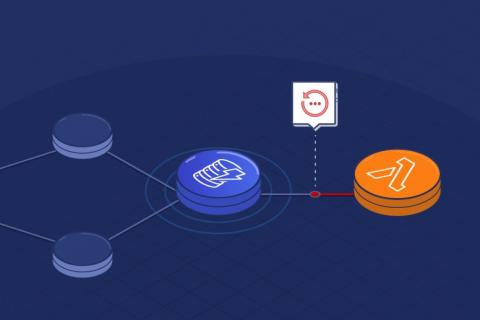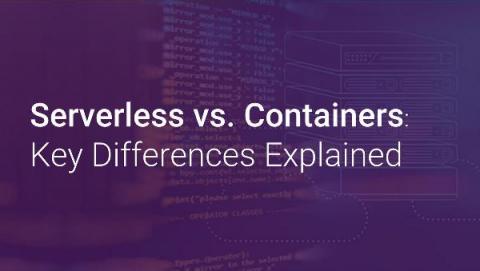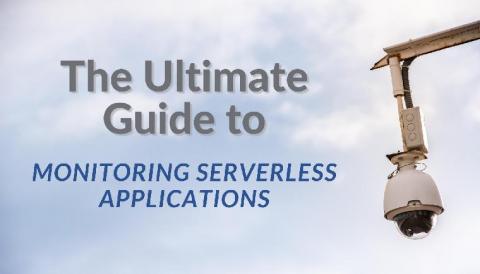Exploring AWS Lambda Deployment Limits
We have explored how we can deploy Machine Learning models using AWS Lambda. Deploying ML models with AWS Lambda is suitable for early-stage projects as there are certain limitations in using Lambda function. However, this is not a reason to worry if you need to utilize AWS Lambda to its full potential for your Machine Learning project. When working with Lambda functions its a constant worry about the size of deployment packages for a developer.











